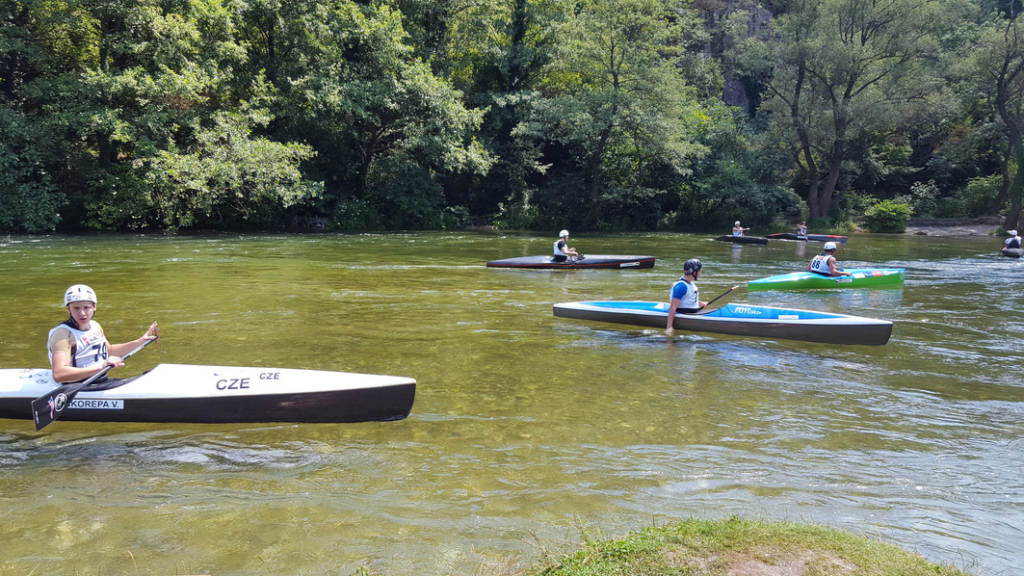Understand your Location!
Do you know what the river/rapid looks like? Before the paddlers begin the session/run, are you comfortable that you understand the rivers features? What is further downstream? Where are the best egress points for either yourself or paddlers? Consider checking the integrity of the bank, often in the winter they become soft and have a greater risk of collapsing.
What are the coordinates of your location? Does the location have a phone signal or a means of contacting the emergency services?
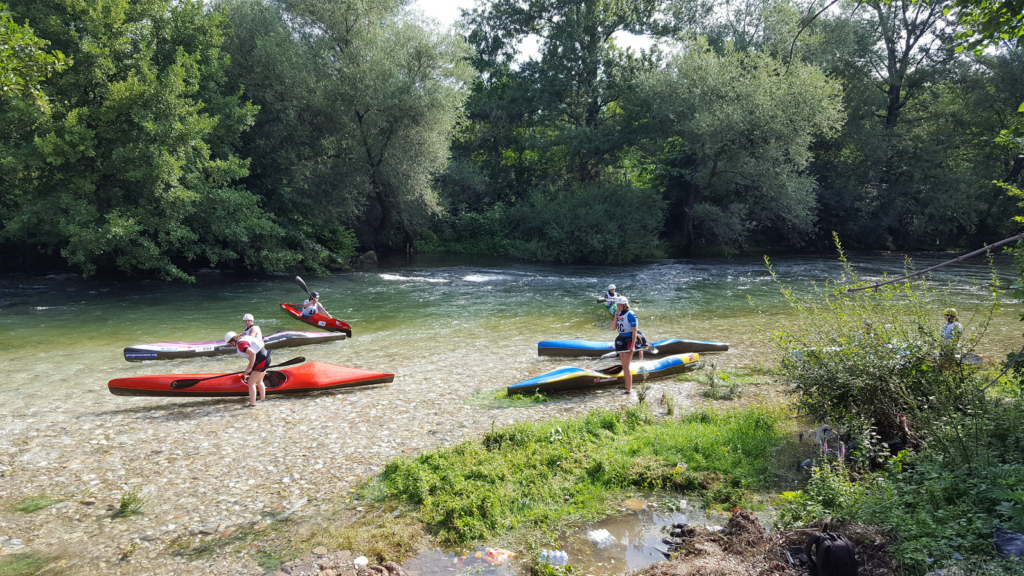
Understanding the Group
Who is on the water? Do you know the skill level of your athletes? Do you know if this section will challenge them or be within their skillset? What is their individual aim of that session? Are there paddlers that can be used as on the water safety. Have you briefed them? Does the group know what to do in case of a rescue? Have you got clear visual and audible signs to indicate to the paddlers in this instance?
Are there any other bank-based supporters that you can use to support?
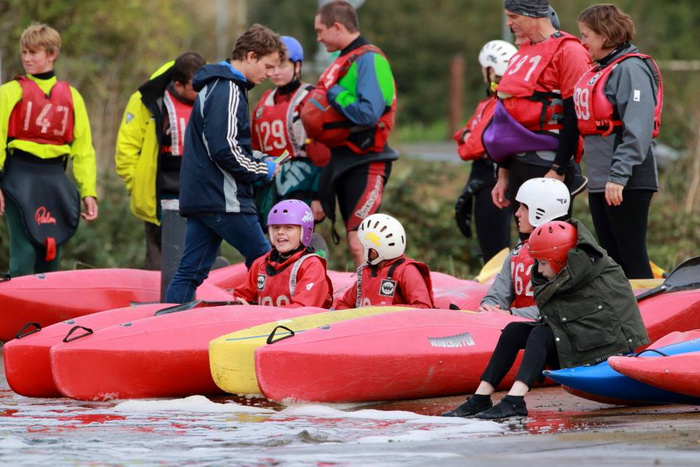
Clothing
Are you wearing sufficient clothing? Quite often we are in tricky terrain and outside for long periods of time. Prepare for this with sensible footwear for uneven terrain, water proof would be an added benefit for those rescue occasions! Whilst outside, we are often exposed to the elements for long durations, make sure you have a change of clothes, just in case.
Safety Equipment
Are you prepared for rescue scenarios? Have you got a throwline, is it sufficiently long enough for the river/rapid you are covering and when did you practice last? Are you aware of the path down stream if you need to quickly maneuver your position? If you have a throwline, you must be carrying a knife as well as wearing a Buoyancy Aid. Carrying a First Aid kit with an emergency foil blanket is essential.
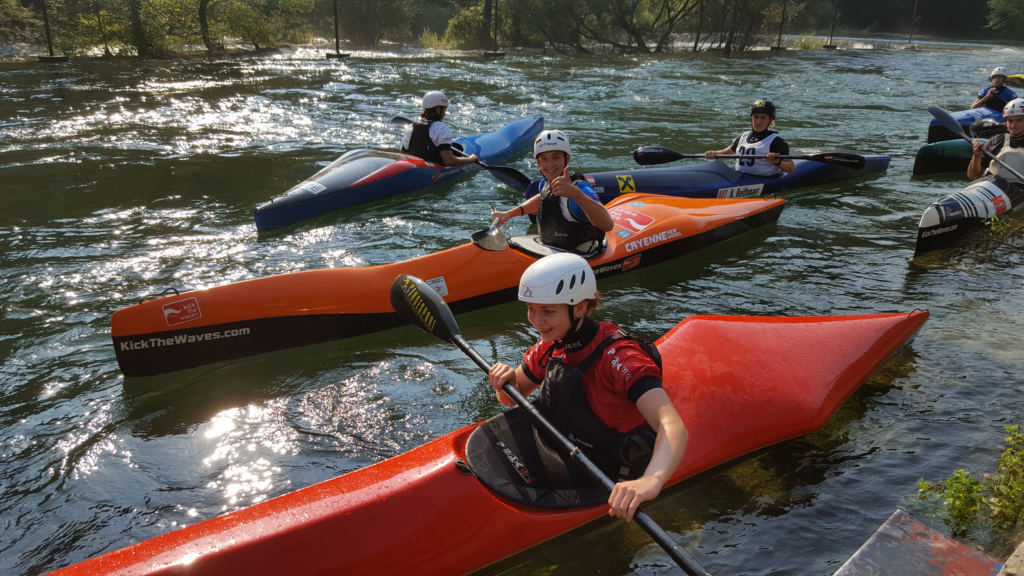
Coaching Line of Sight
Are you best position to observe the paddlers? What is the aim of the session and can you gain enough information with your positioning? Although not always possible, have you optimized your view point to maintain eye contact with your athletes? From a safety point of view, are you best placed or have a clear way to know if a paddler will require help if required. Are there other individuals on the bank, such as parents or supporters that can help provide a different visual point to assist with your coaching session?
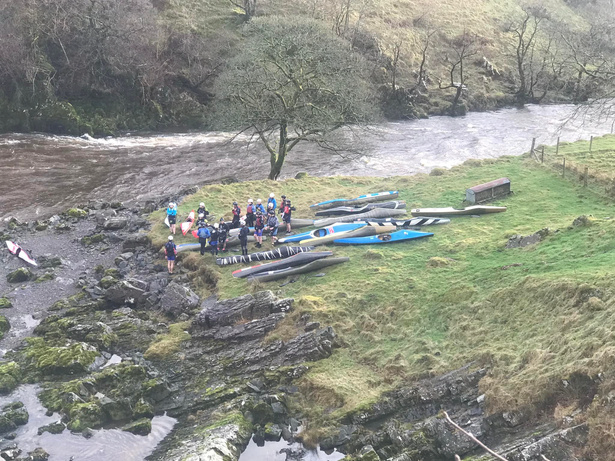
Feedback Equipment
Consider what equipment you need to provide feedback? Are you planning on feeding back on technical lines down the rapid? In which case, what are you using to capture the paddlers lines? Smart phones and tablets with a camera can provide quick feedback opportunities. Are you using split times within the session? How are you recording individual times and when is the best time to feedback to athletes? Using a small white board can provide fantastic visual feedback for paddlers to use to check their lines down a river
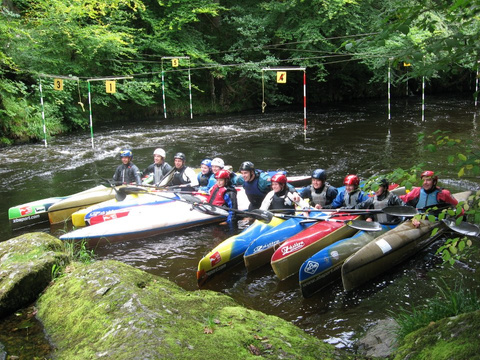
Understand the Plan
What is the plan for the session? In Wildwater Racing it is important to know the overall plan. You might be running a short section of river with athletes walking or paddling back up. It could also be the case that the group are running a longer section of river and being shuttled back from the bottom to the top and you are stationary at the fixed point on the bank. It is important to understand the expected timings of the session, when should the athletes be with you? How long is a standard turnaround time? Who is the point of contact, either on the water or running the shuttles? Being contactable is key. What other options are there if you are in a venue with limited signal? It’s wise to plan in a cut off time for the session
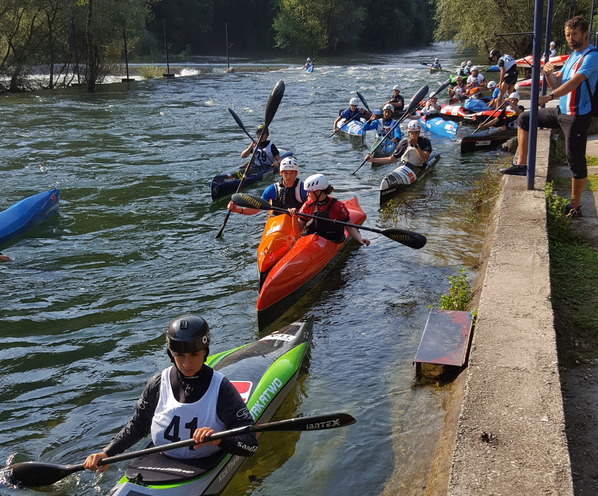
Fuel
Self-care! Being out in the elements can be draining, both for athletes and coaches, having an emergency snack and adequate hydration will keep you on top of your game!
Emergency Repairs
A roll of duct tape goes a long way!
